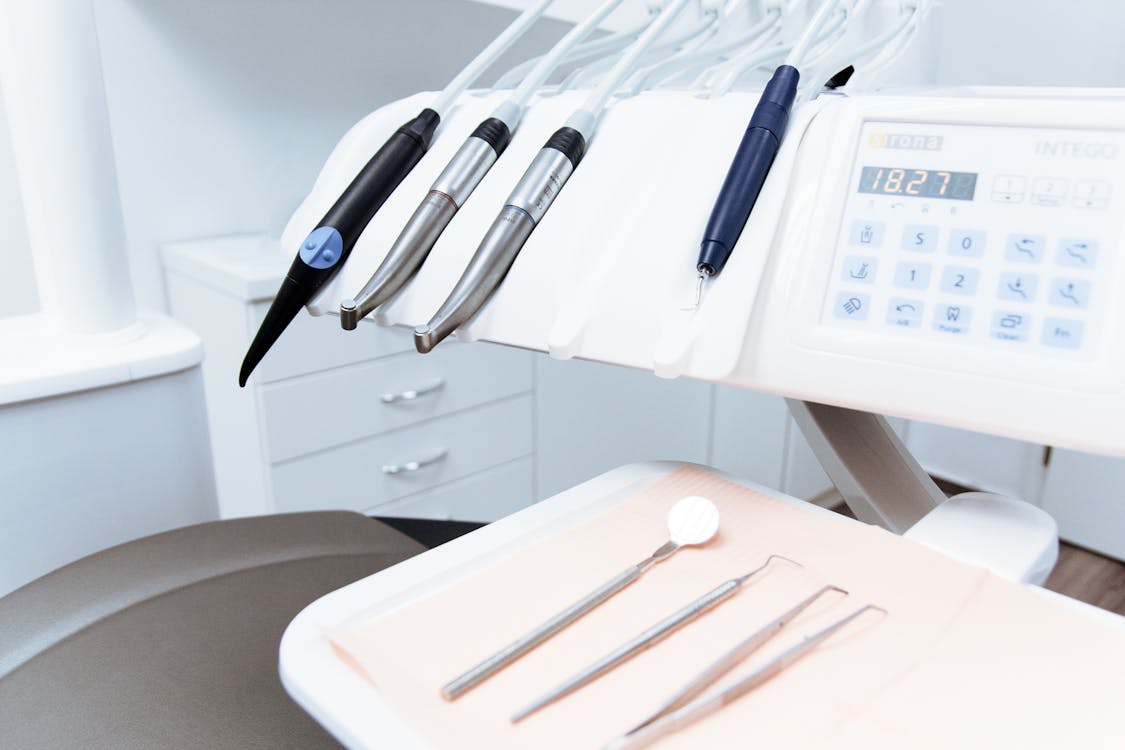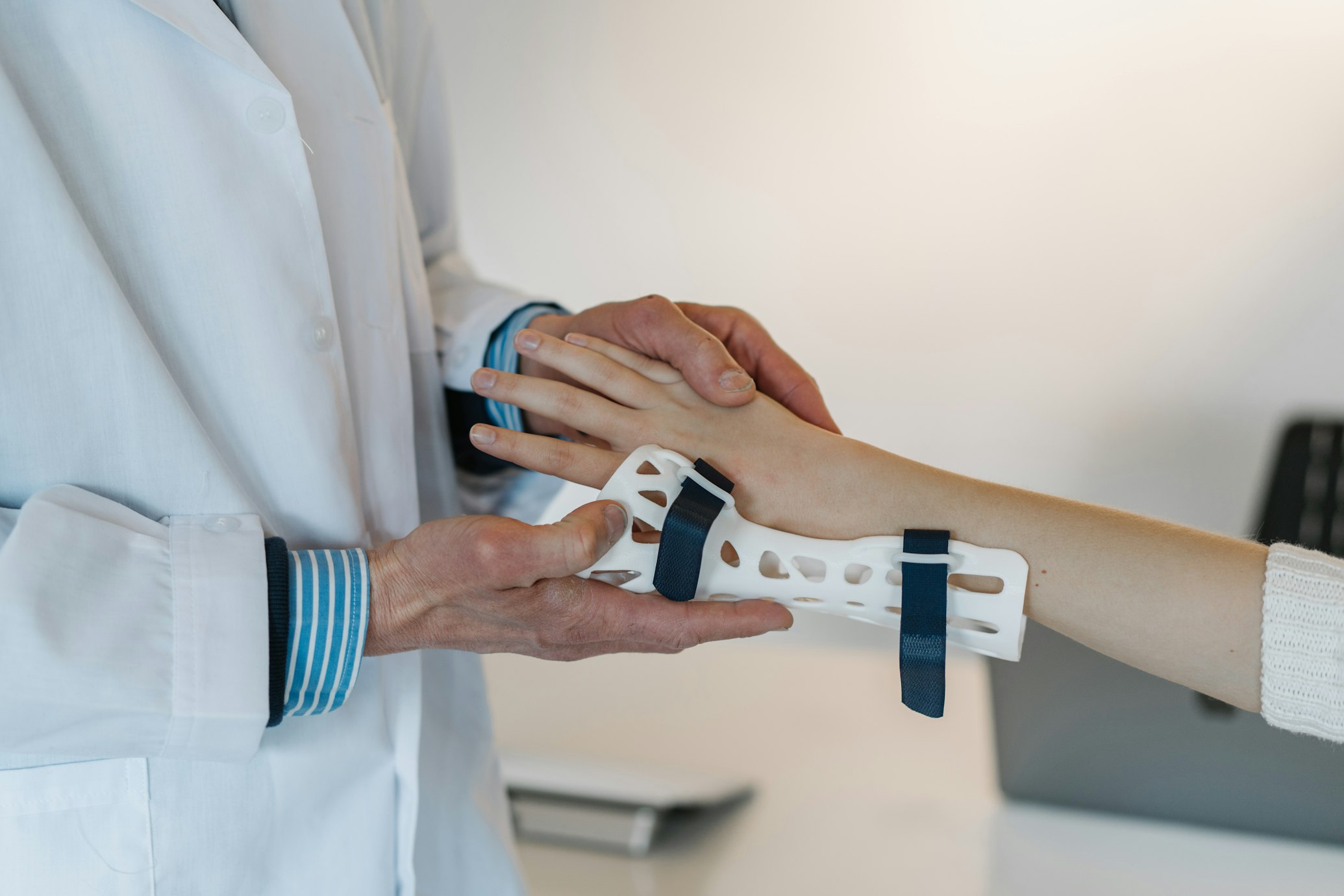3 Facts about Dental Handpieces

Table of Contents
Dentists use many tools to properly care for their patient’s teeth. Among these tools drill, more commonly called dental handpieces. Here are three facts about dental handpieces.
1. They Need To Be Maintained Carefully
Dental tools are delicate and need to be well-maintained to last and be used safely. Make sure you either have the proper dental handpiece parts to repair them yourself or know where to send damaged handpieces for repair. Always clean, disinfect and sanitize your dental handpieces between each patient. Follow the manufacturer guidelines and ADA best practices when cleaning, repairing or otherwise maintaining your dental handpieces and other tools.
2. They’ve Gained Speed Over Time
The term dental handpieces mainly refer to dental drills. Other tools have different names. The name is not the only thing that has changed over the years. Early dental drills were quite slow and need to be operated manually. As dentistry advanced, new tools were developed to help automate and speed up the process. There were foot treadles available by the 1870s and the earliest commercially-successful dental engine was introduced in the 1930s. Now, handpieces can be powered by electricity or air, increasing speed, quality and patient comfort.
3. They Are Only One Type of Dental Tool
Handpieces are not the only tools dentists use to care for their patients, though they are some of the most commonly used ones. Tools such as sickle probes and mouth mirrors help dentists see and explore more of the patient’s mouth to look for potential issues. They may use scalers to remove plaque and other buildups, alongside electric toothbrushes and floss. Suction tools are often employed to keep patients’ mouths dry during treatment and cleaning.
Dental tools such as handpieces are quite delicate. They need to be used and maintained appropriately by trained professionals.






